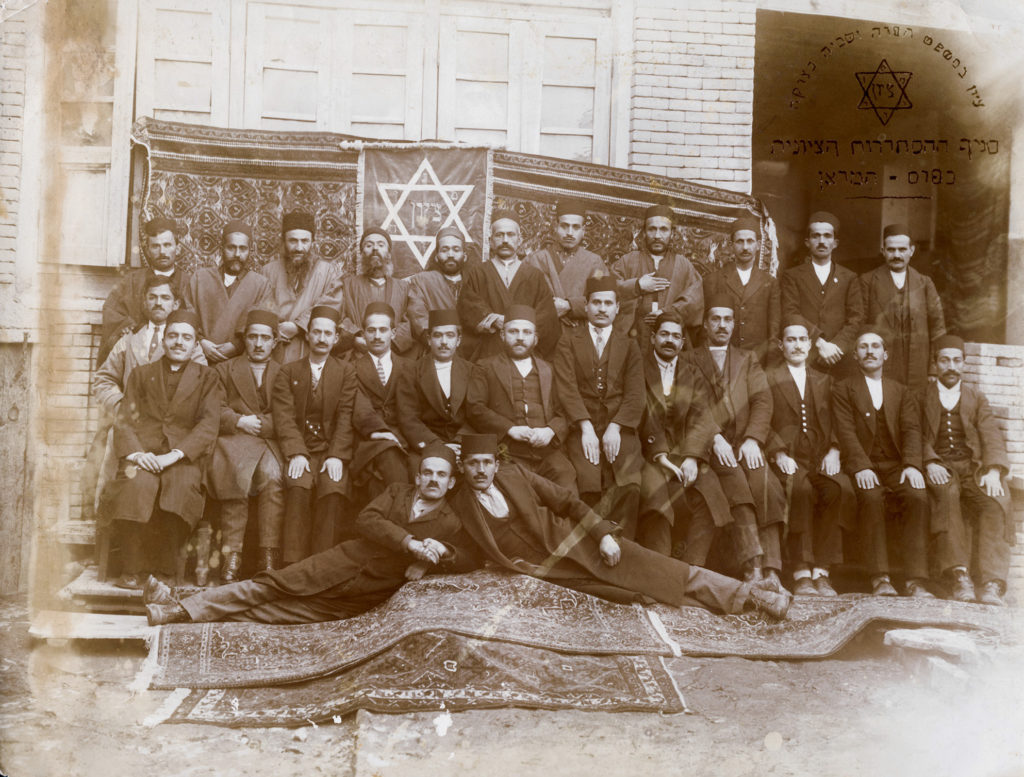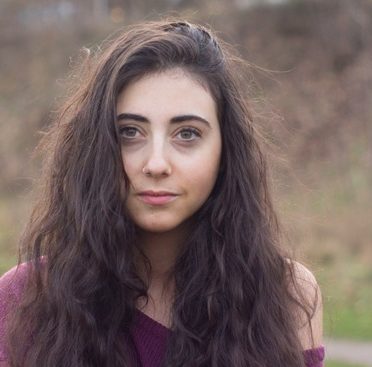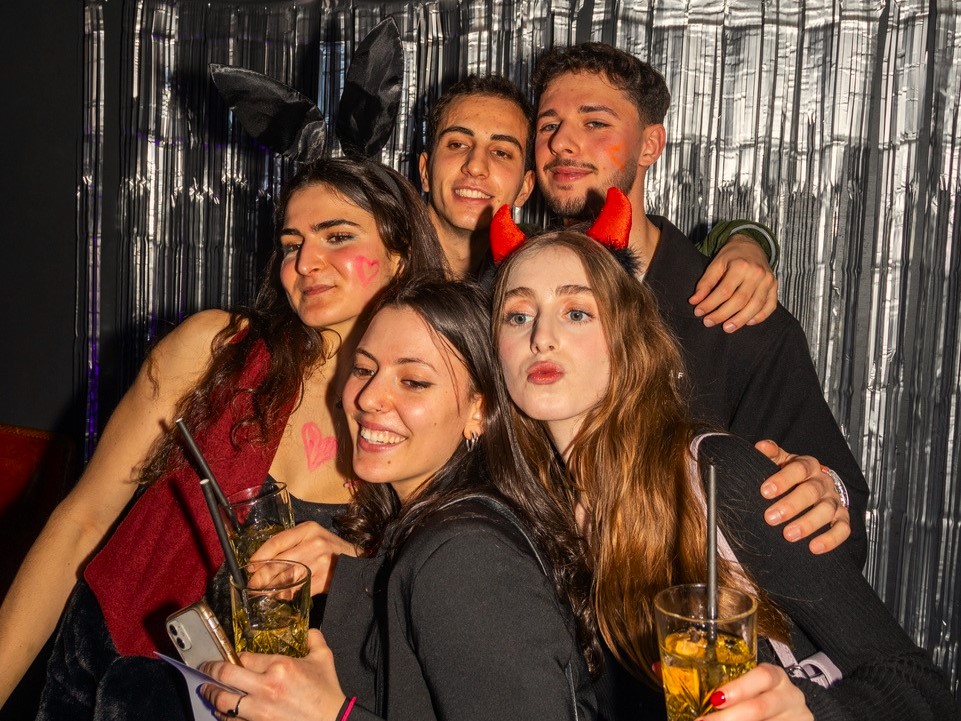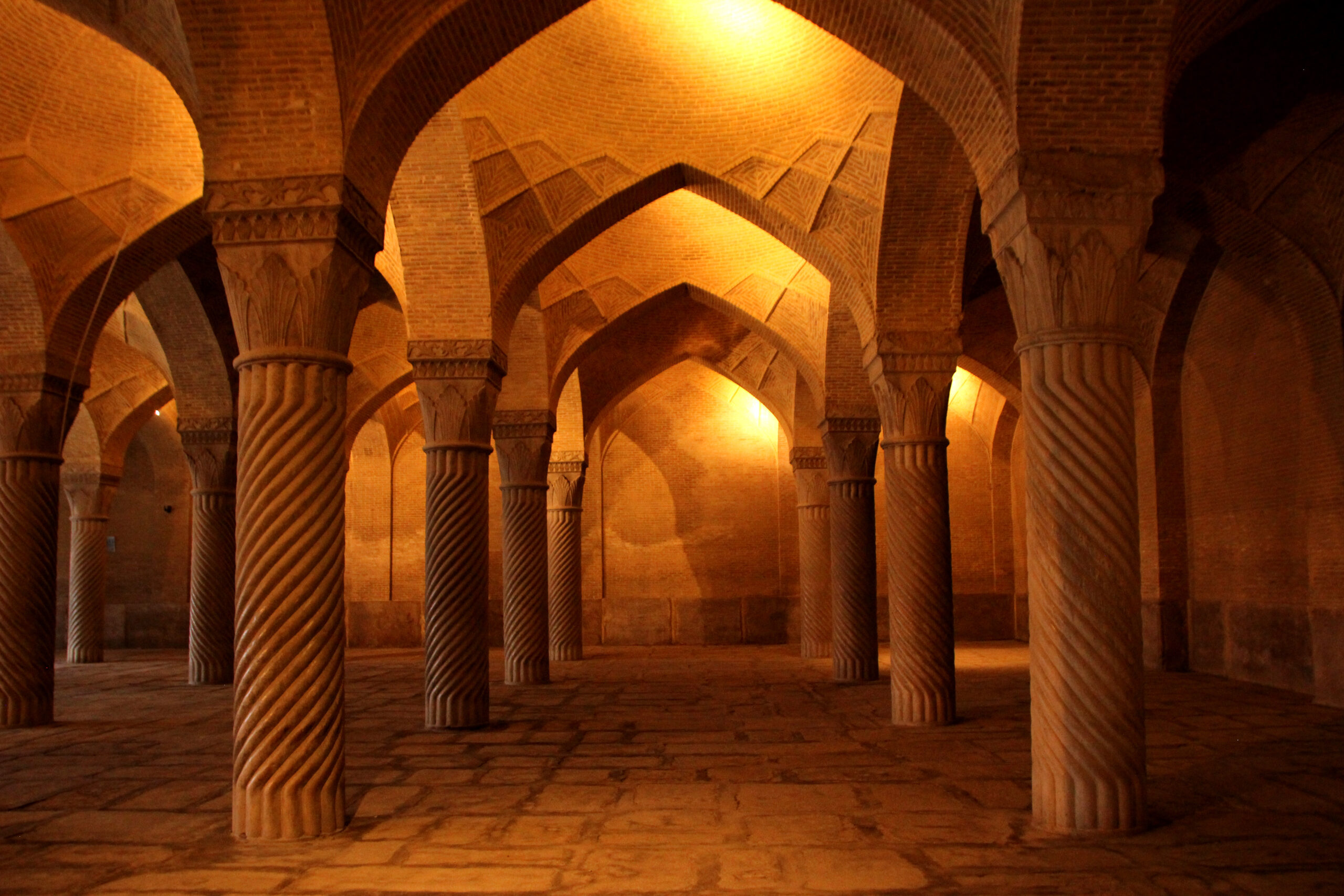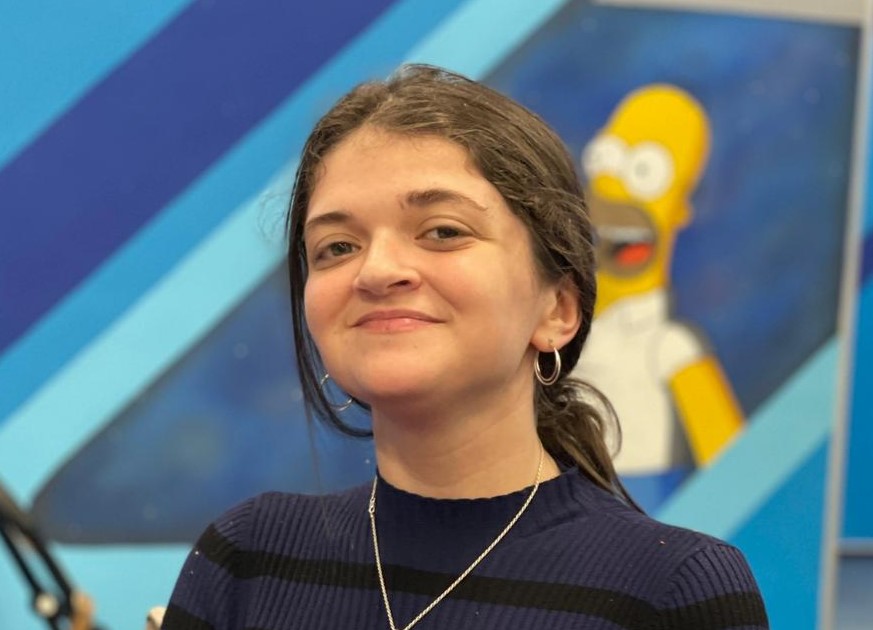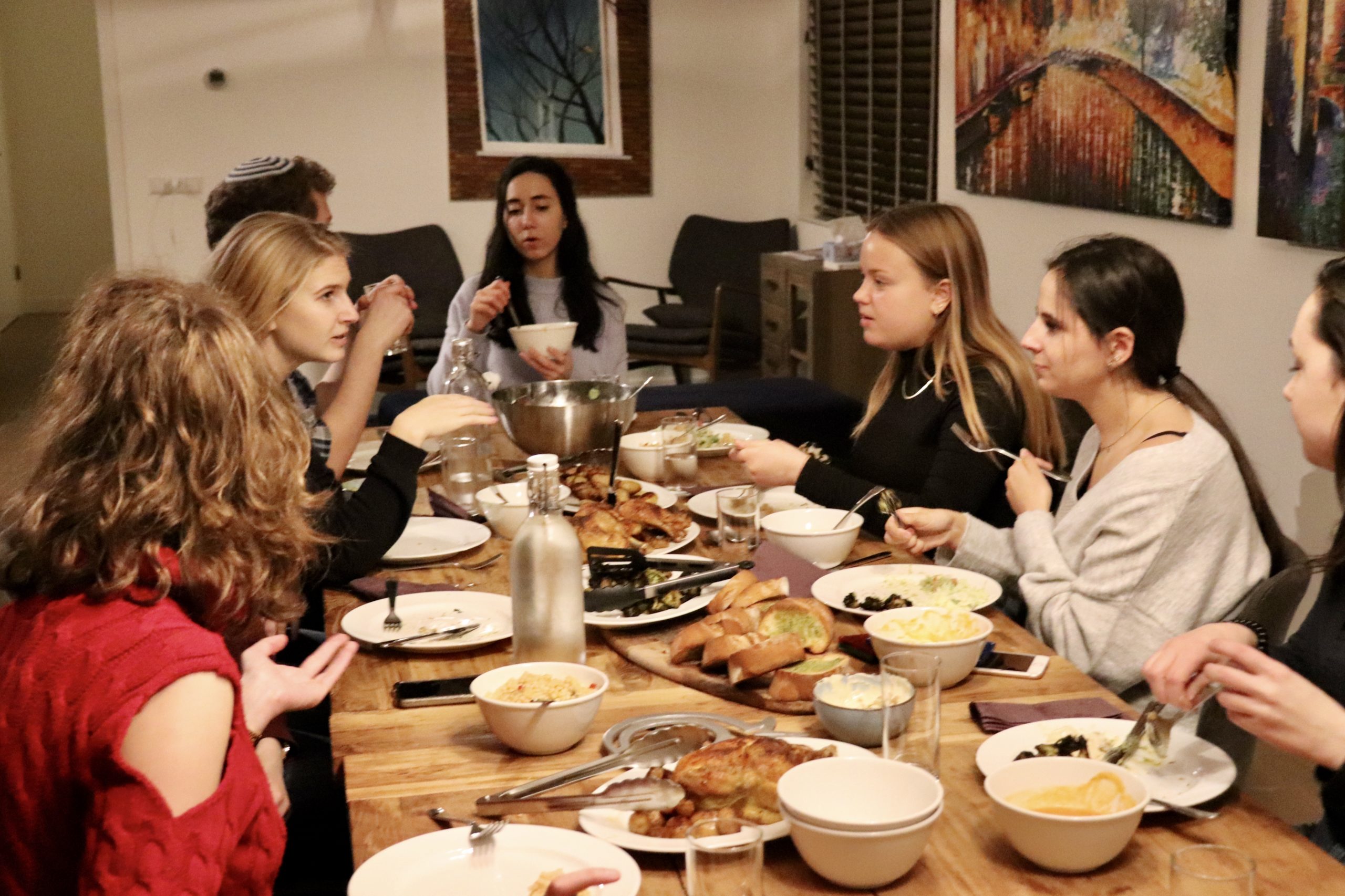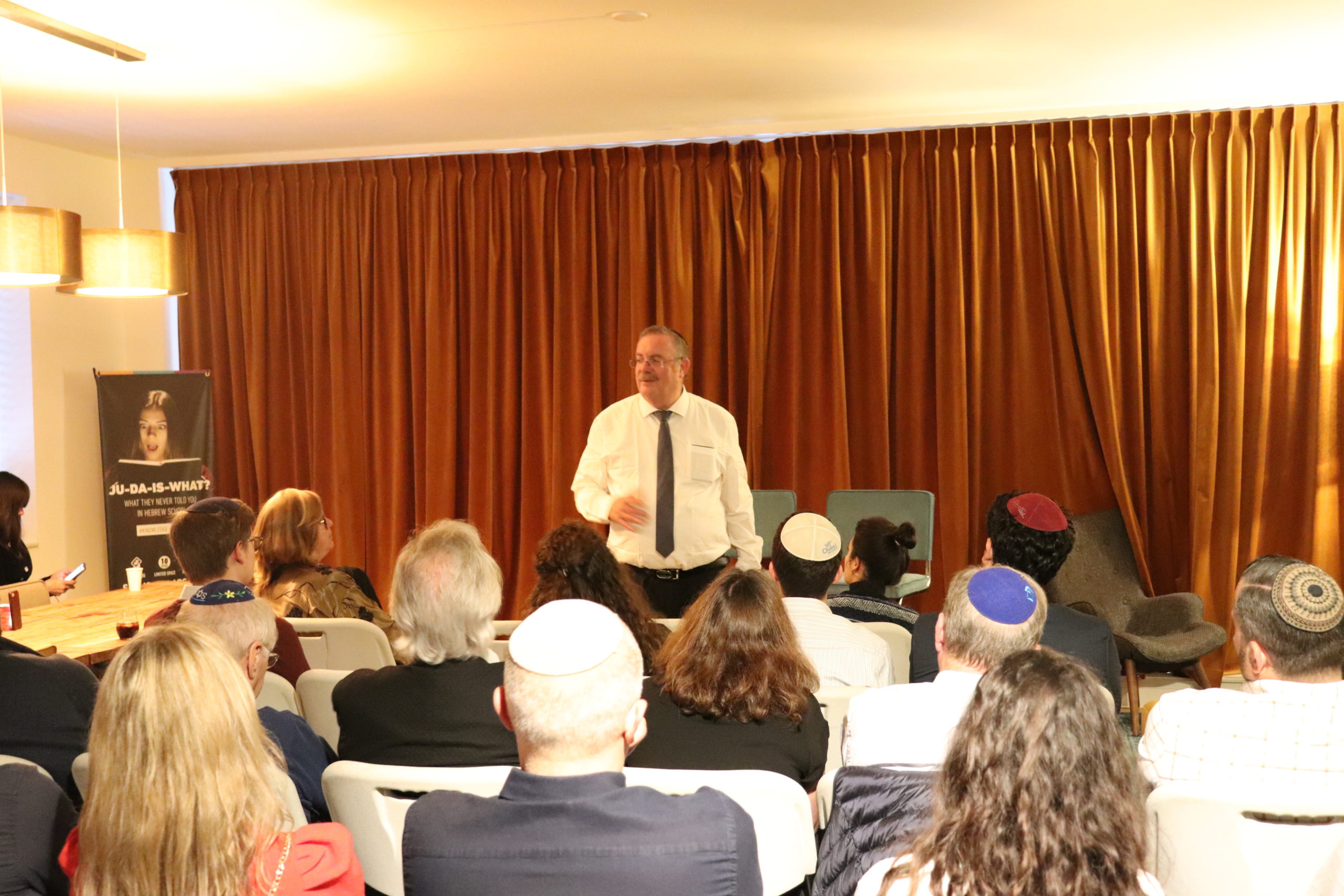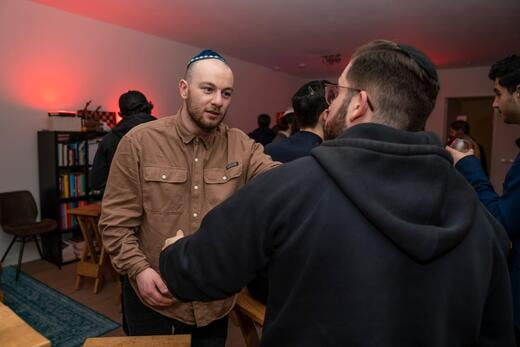In the past week, Persian Jews around the world have been celebrating not one but two significant festivals.
Last week, Jews worldwide celebrated Purim, a festival that commemorates Esther, a Persian Jew from Susa, who saved the Jewish people from Haman, the royal vizier to King Ahasuerus (the Hebrew variant of the old Persian Artaxerxes). It is the only Jewish festival that takes place in Iran, with an Iranian cast, and therefore, many Persian Jews feel a particular affinity to this holiday.
Many Iranian Jews will make a pilgrimage to Hamadan, in northwestern Iran, to where Esther and her uncle Mordecai are said to be buried. There are other variations in how Iranian Jews practice Purim. Unlike the Eastern European groggers, Iranian Jew fill bottles and cans with beans, and will often eat pareve foods on Purim, and some women make wishes at the grave of Esther.

Rather than making hamentashen, a staple of the European and Israeli Jewry, Iranian Jews make Persian halva (flour and rosewater rather than tahini-based), goosh-e fil (a popular fried pastry in Iran, also known as elephant ears), koloocheh (in northern Iranian cuisine, cookies filled with dates and walnuts), and nan panjarehi (window cookies). The latter two cookies are also a staple of a major festival, occurring this year, only a few days later.

Purim, a holiday that comes at the tail end of winter and ushers in the spring, coincides with another notable festival. Nowruz, the Persian new year (literally translates to “new day”), is celebrated by Iranians, Afghans, Azeri, Kurds, and some communities in Western, Central, and South Asia, the Caucasus, the Black Sea Basin, the Balkans, and Xinjiang.
Most Iranians from all religious backgrounds celebrate this tradition, although it is rooted in Zoroastrianism (with its first indirect mention in the Avesta, but with hard documentation only dating back to the Sasanian empire), and is celebrated alongside Rosh Hashanah (the Jewish new year) and Hijri (the Islamic New Year).
Nowruz begins on the spring equinox, at the precise moment the sun crosses the celestial equator and spring enters the home. Iranians treat this moment similarly to how Westerners greet the Gregorian new year; music and laughter echo from Persian households.
Everyone cheers and hugs each other, kissing their loved ones and wishing them a happy Nowruz. To welcome Nowruz, like welcoming Pesach, involves a thorough cleaning of one’s home.

Beginning two weeks prior to the equinox, carpets are aired out, every surface scrubbed, closets and cabinets recognized, and children receive new clothes and shoes. Much like the sedar plate on Pesach, which is carefully set with symbolic food items, a special table called a Haft Sīn, literally seven s’s, is set with seven symbolic foods beginning with the Persian letter s or sin.
In Zoroastrianism, seven is a symbolic number representing the “holy immortals” or the Amesha Sepanta, however, no ancient Zooroastiran sources list what these items are, but modern sources list the following items:
1.) Sabzih (wheat, barley, lentil, or green sprouts grown in a dish) — a symbol of rebirth
2.) Samanū (sweet pudding made from wheat germ — a symbol of affluence and strength
3.) Sanjid (dried oleaster berries) — a symbol of love
4.) Sīr (garlic) — a symbol of healing and cleansing
5.) Sīb (apples) — a symbol of health and beauty
6.) Somāq (sumac berries or powder) – a symbol of life and vitality, and the color of the sunrise
7.) Sirkih (vinegar) – a symbol of age and patience

Other items often found on the table include Sunbul or the hyacinth flower, symbolizing rebirth; sikkih or coins representing prosperity; decorated eggs that signal fertility; and a mirror to typify self-reflection.
Many Iranian Jews will also place a siddur, a tehillim, and the book of Psalms on the Haft Sīn table to remind them that although they are participating in a Persian holiday, their principal identity is still Jewish.
Because Nowruz coincides with Judaism’s major spring holidays, certain traditions from Nowruz fuse with Jewish traditions, from cuisine, cleaning, and purity rituals, to the ascetics of arranging symbols. The similarities between Purim, Nowruz, and Pesach attest to how twenty-five centuries of Jews living in Iran have married Persian Jewish values, customs, and traditions to non-Jewish Iranian ones.

